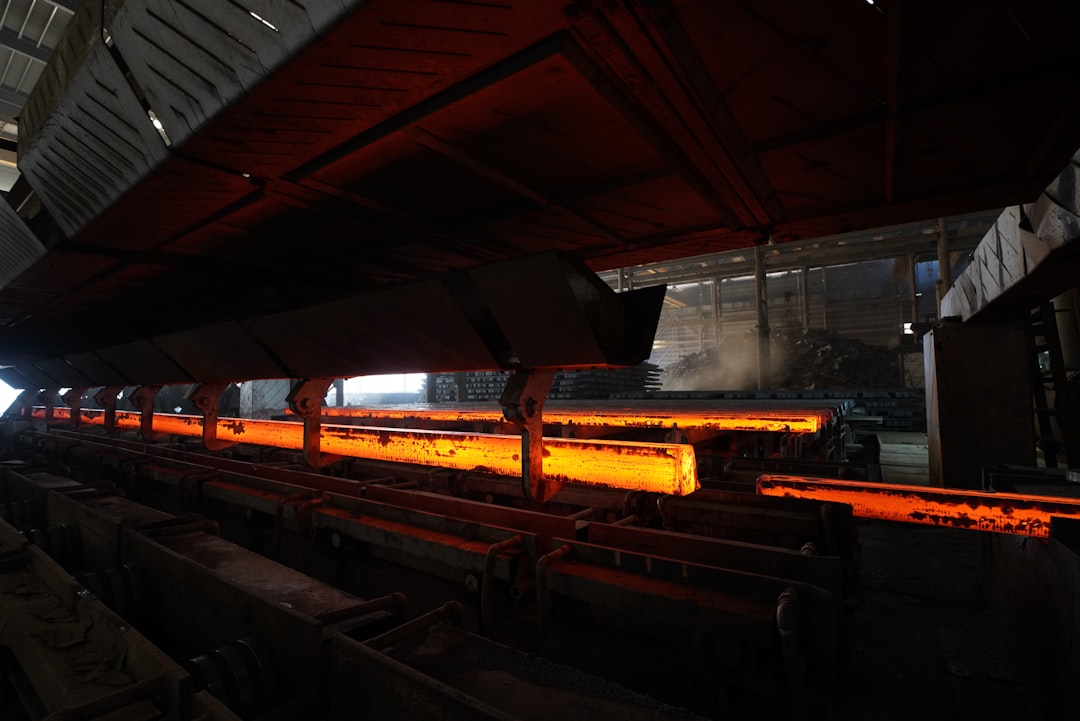In the world of construction and manufacturing, the quality and safety of materials are paramount. When it comes to steel, a material forming the backbone of countless structures and products, ensuring its compliance with stringent safety and quality standards is crucial. This is where CE certification comes into play. This comprehensive guide will delve into the world of CE-certified steel products, explaining what it means, its importance, and why choosing certified steel is a smart decision.
What is CE Certification for Steel Products?
The CE marking (Conformité Européenne) is a mandatory conformity marking for products sold within the European Economic Area (EEA). It indicates that the product meets the essential requirements of relevant EU directives. For steel products, this means that they have undergone rigorous testing and assessment to demonstrate compliance with health, safety, and environmental protection standards. The certification process isn’t a single test but a comprehensive evaluation covering the entire production process, from raw material sourcing to the final product. This ensures consistency and reliability throughout the supply chain.
Obtaining CE certification requires manufacturers to demonstrate conformity through a Notified Body, an independent organization designated by a member state to assess and verify compliance. This third-party involvement provides an objective assessment of the product’s adherence to the relevant European standards (EN standards) and ensures transparency and accountability.
Understanding the Importance of CE-Certified Steel
Choosing CE-certified steel offers numerous advantages, significantly impacting project safety, longevity, and legal compliance. Firstly, it guarantees that the steel meets the minimum safety requirements stipulated by EU legislation. This is crucial for structural applications where failure could have catastrophic consequences. Secondly, using certified steel reduces the risk of costly rework or project delays due to material defects. The rigorous testing and verification processes minimize the chances of encountering substandard materials.
Furthermore, CE certification enhances the reputation and credibility of manufacturers. It demonstrates their commitment to quality and adherence to international standards, reassuring clients and stakeholders of the product’s reliability. Finally, using CE-certified steel ensures compliance with building regulations and avoids potential legal issues or penalties.
Verification Methods for CE-Certified Steel: Ensuring Authenticity
Verifying the authenticity of CE-certified steel is straightforward. The CE marking itself, clearly visible on the product or its packaging, is the primary indicator. However, it’s essential to look beyond the marking. Requesting a Declaration of Conformity (DoC) from the supplier is crucial. This document provides detailed information about the product, its conformity assessment procedure, and the Notified Body involved. It acts as a legally binding statement confirming the product’s compliance with the relevant directives.
Furthermore, you can independently verify the Notified Body’s accreditation through the NANDO (New Approach Notified and Designated Organisations) database maintained by the European Commission. This database lists all officially designated Notified Bodies, allowing you to confirm the legitimacy of the certification process.
Applications of CE-Certified Steel: A Wide Range of Industries
CE-certified steel finds widespread applications across various industries. Its use in construction is prominent, including in high-rise buildings, bridges, and infrastructure projects. The guaranteed strength and durability of certified steel are crucial for ensuring the structural integrity and safety of these large-scale projects. Beyond construction, CE-certified steel is vital in the manufacturing of vehicles, machinery, and equipment where safety and reliability are paramount.
The automotive industry, for instance, relies heavily on high-quality, certified steel for its components, ensuring vehicle safety and performance. Similarly, the manufacturing of industrial machinery and equipment uses certified steel to guarantee the durability and longevity of the products. In essence, wherever high-strength, reliable, and safe steel is required, CE certification provides the assurance needed.
Benefits of Choosing CE-Certified Steel: A Smart Investment
Investing in CE-certified steel is more than just a cost; it’s a strategic decision that offers significant long-term benefits. The improved safety and reduced risk of failure translate to lower insurance premiums and reduced liability. The enhanced durability and longevity of certified steel minimizes the need for frequent repairs and replacements, resulting in cost savings over the product’s lifespan. Moreover, the increased reliability and consistency of certified steel improve project efficiency and reduce potential delays.
Choosing CE-certified steel also enhances a company’s reputation and demonstrates a commitment to quality and safety. This can be a significant advantage when bidding for projects or seeking partnerships. In conclusion, the benefits extend beyond the immediate cost, offering a holistic improvement in safety, efficiency, and long-term value.
In summary, CE-certified steel products represent a commitment to quality, safety, and compliance. By understanding the certification process, verification methods, and the wide range of applications, you can make informed decisions that prioritize safety, efficiency, and long-term value.




